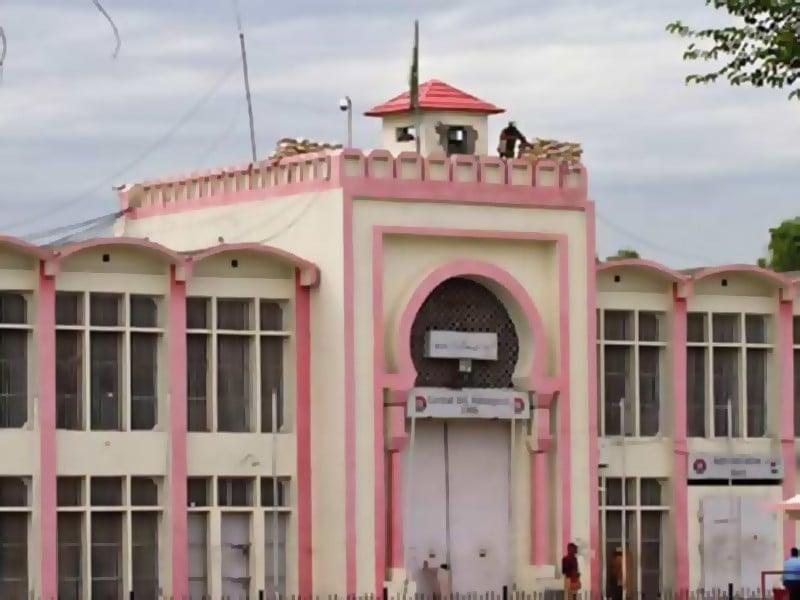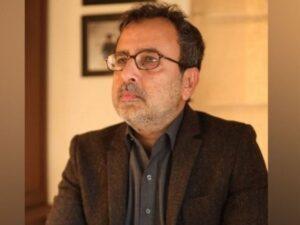Rawalpindi:
The journey of Rawalpindi -District Prison – now Adiala Central Prison – has completed 142 years and marked a significant chapter in its history. Over the years, Rawalpindi Central Prison has moved four times.
Originally, when Rawalpindi was a small town, was jailed in the Chowk selection, Teli Mohalla Road, near Triangle Road. After a short period, it moved to the current Education Secretariat. In 1882, the prison was established at the present place near Jinnah Park and the judicial complex that covered 84.4 hectares where it remained for 104 years.
This historic prison held several freedom fighters from the Independence Movement, brought to hit from cities such as Lahore, Mumbai, Delhi, Hyderabad, Indian Punjab, Dhaka and Chittagong of the British. The adjoining old, abandoned cemetery contains graves from these freedom fighters.
In particular, Allama Mashriqi was also imprisoned here. During this time, prisoners were escorted to the court on foot as there were no police cars for court transport. Due to the distance of the imprisonment, 12 vehicles and five special vans that cost millions in monthly fuel costs are now used.
Pakistan Peoples Party (PPP) founder and former Prime Minister Zulfiqar Ali Bhutto was also jailed there and executed on April 4, 1979. After his execution, General Ziaul Haq decided to erase the historical significance of the prison by constructing a new one. In 1988, the old prison was torn and part of the land was transformed into a housing community while a police education college was established.
After protests from PPP, Jinnah Park was built on part of the Earth. The legal complex was later built in the place of the police college, and the new Rawal Pindi Central Prison was established near the Adiala Village, approx. 13 km from the Rawal Pindi Court.
Adiala Prison received global recognition when Prince Charles of the United Kingdom (UK) visited it where the British national Mirza Tahir, who was convicted in a murder case, was waiting for execution. During this visit, President Perez Musharraf commuted his death sentence to life prison and later sent him back to Britain. The prison was known internationally again after the execution of Mumtaz Qadri, the killer of Punjab Governor Salman Taseer, and at the trial of the eight suspects involved in the Mumbai attacks in 2008.
The Adiala prison, which was completed in 1986, spans 100 hectares and originally entered 1,927 prisoners. This capacity was expanded to 2,700 and later to 3,500 in the third phase.
Currently, the imprisonment has over 6,000 prisoners, with the number of fluctuating by 200 to 300. It is considered Pakistan’s most sensitive prison, which houses high-profile individuals such as US aircraft hijackers, the eight Mumbai attacks suspect, Lashkar-E-Taiba’s Zakiur Rehman Lakhvi, former prime minister Mian Nawaz Sharif, Yousafaza Gillan Gillan, Shahhaqaq, Abbasi, Punjab Chief Minister Maryam Nawaz, Prime Minister Shehbaz Sharif, President Asif Zardari, Model Ayan Ali and more.
Today, it is most famous for houseing the founder of Pakistan Tehreek-E-Insaf (PTI), Imran Khan and his wife, Bushra Bibi. The prison is equipped with separate departments for women, children and VIPs along with three execution chambers, a mosque, a church, an imambargah, a library, a computer center, a sewing center, a factory, agricultural land and sports courts.
Formerly deputy Superintendent (DS) in Adiala Prison, Chaudhry Ayub, emphasizes the high security of the plant and notes that the need for the Islamabad prison to be quickly completed for easier control. According to Ajab Yellow, an ex-prisoner, bribery ensures the availability of all types of prohibited food and beverages where prices are twice as many as on the market. If you have money, even a mobile phone contact is arranged easily.
Since the detention of the PTI founder, the prison security system has been tightened with thorough cell control and strict procedures.



